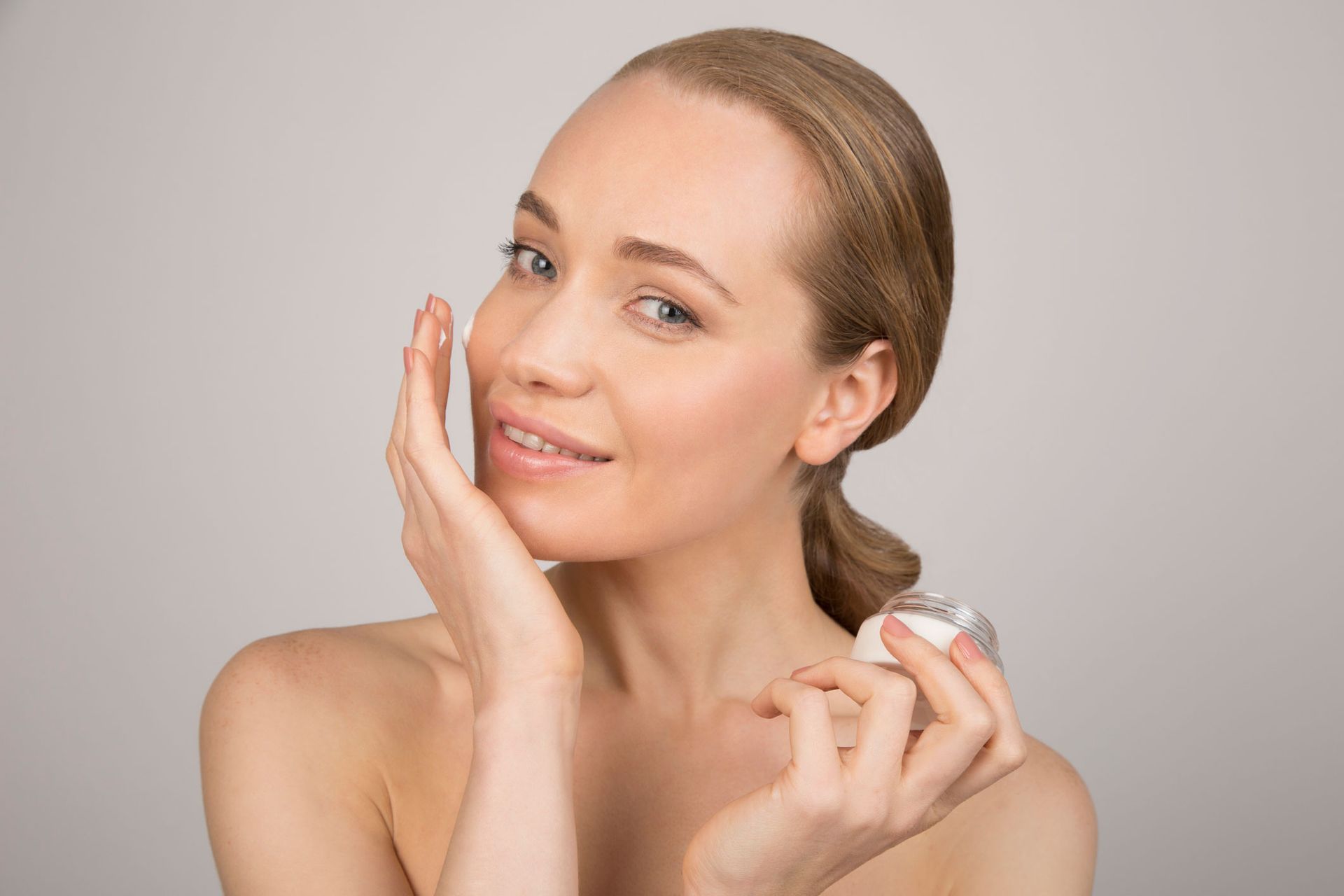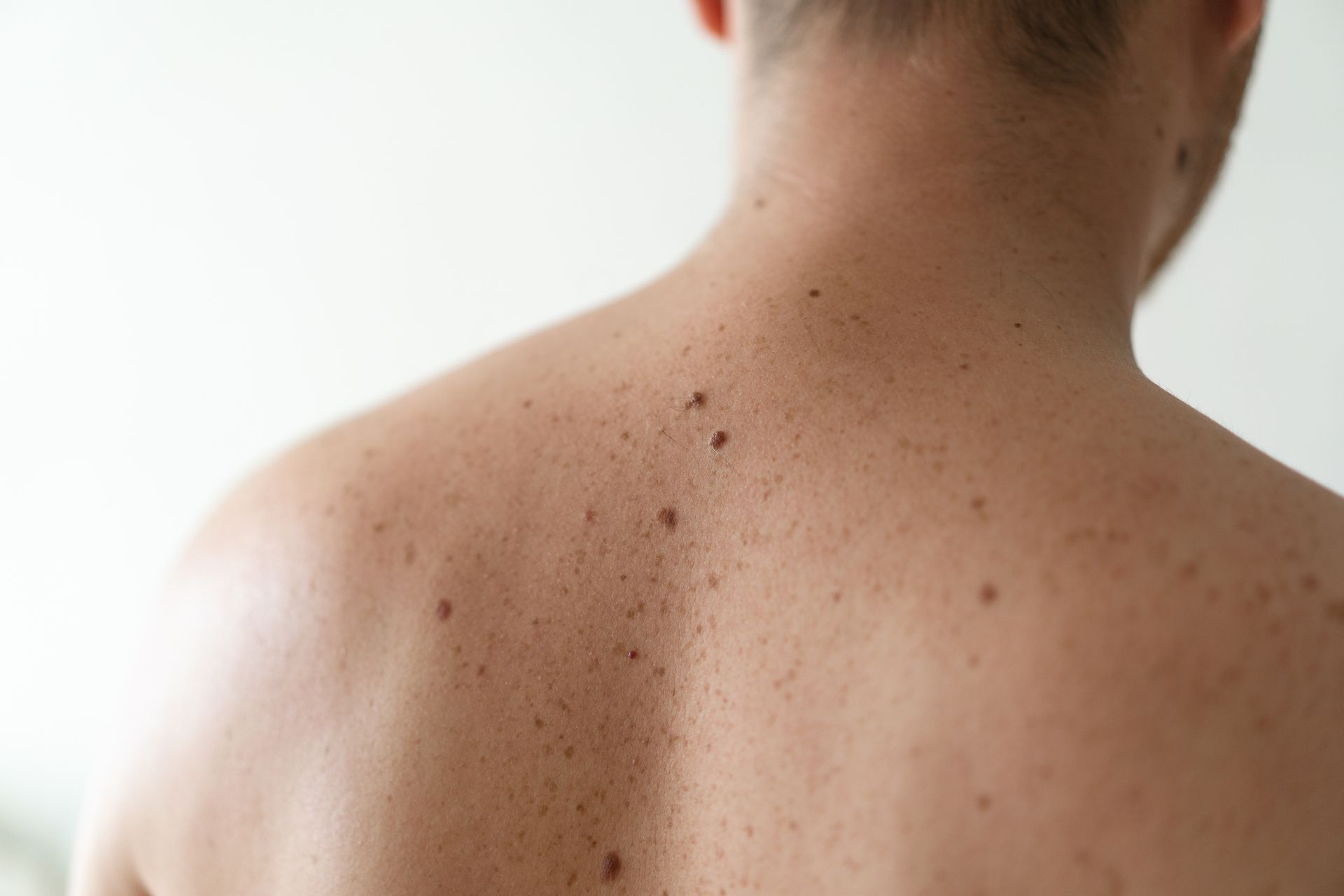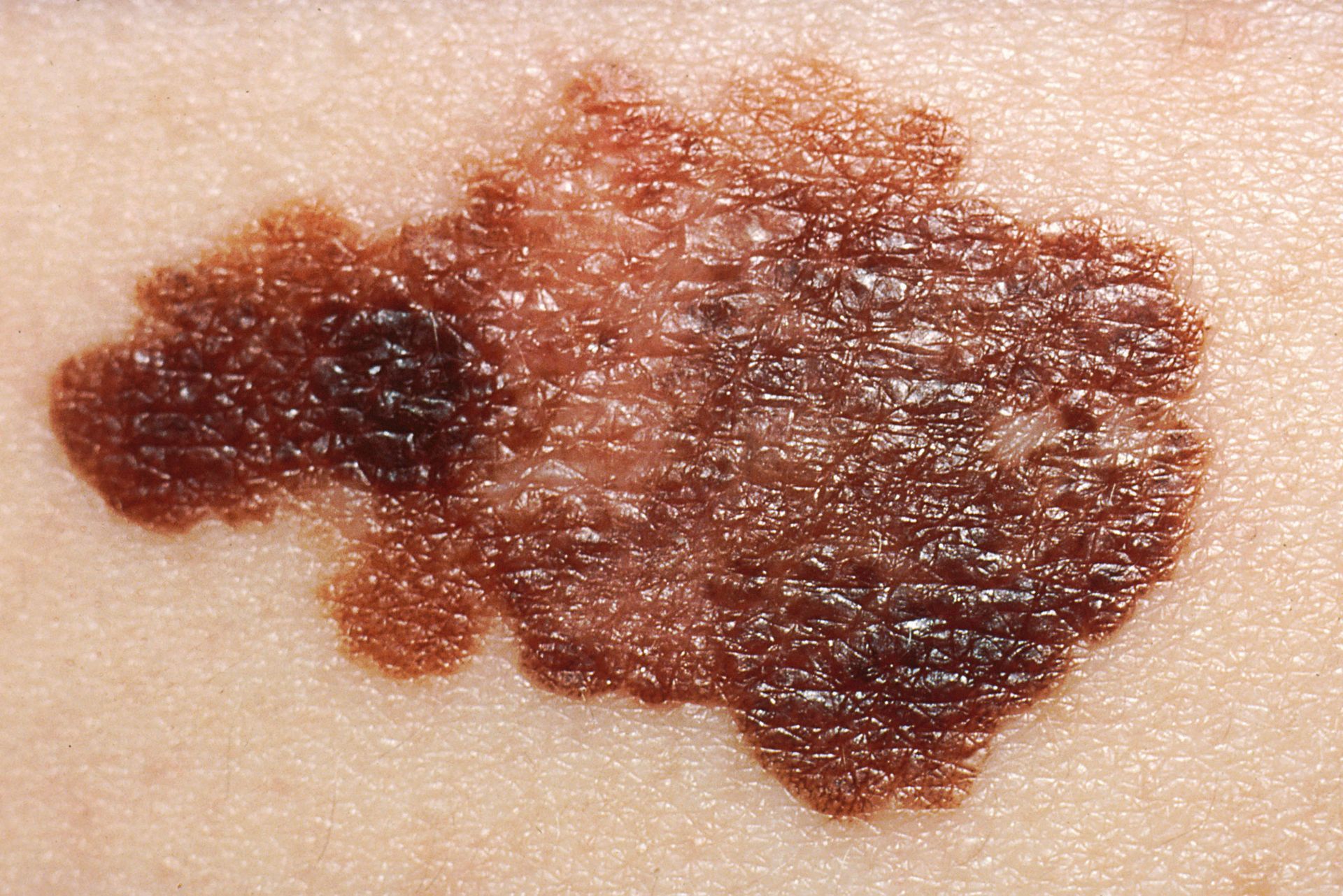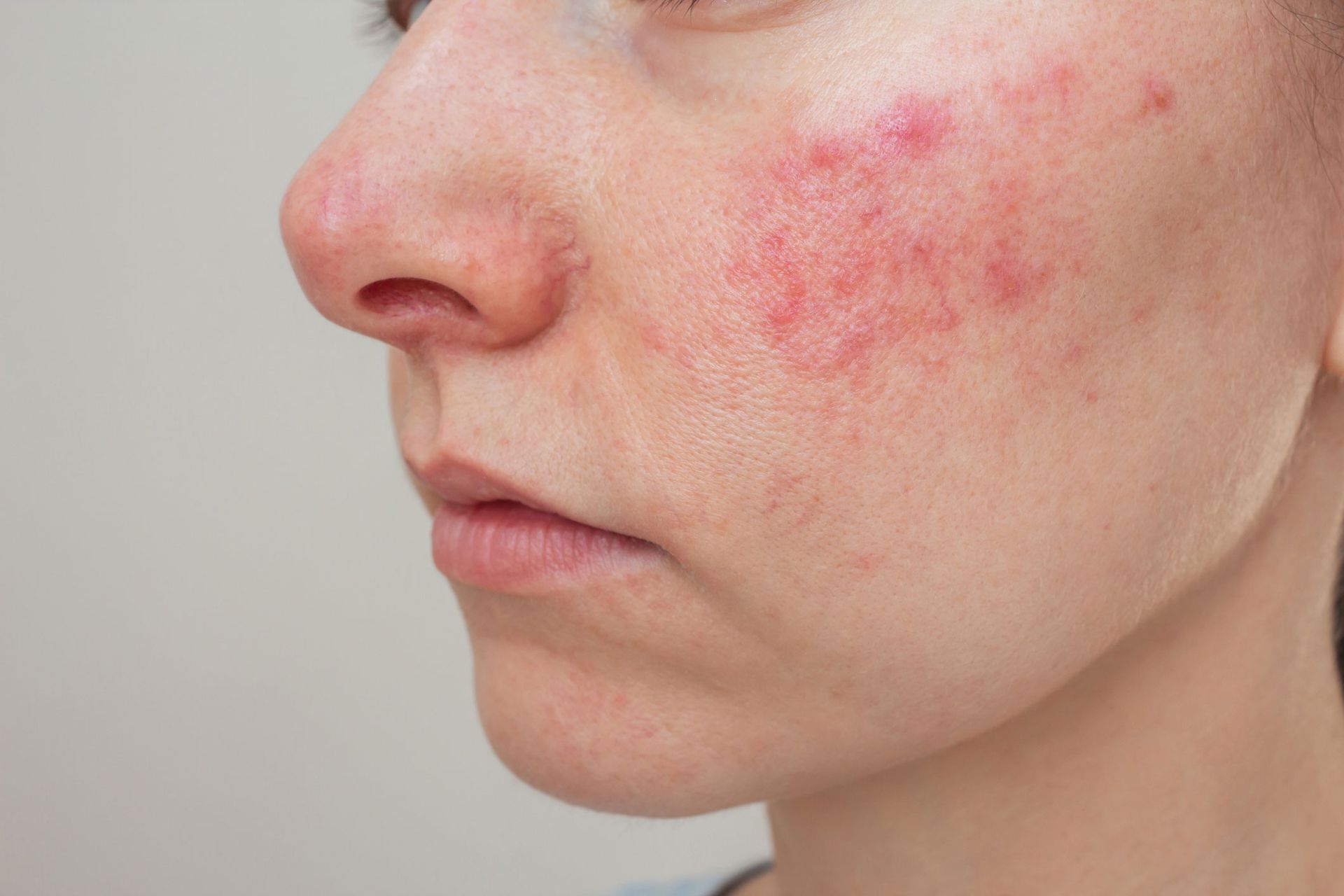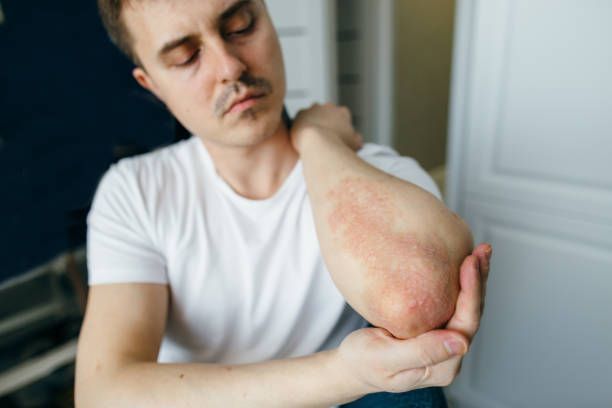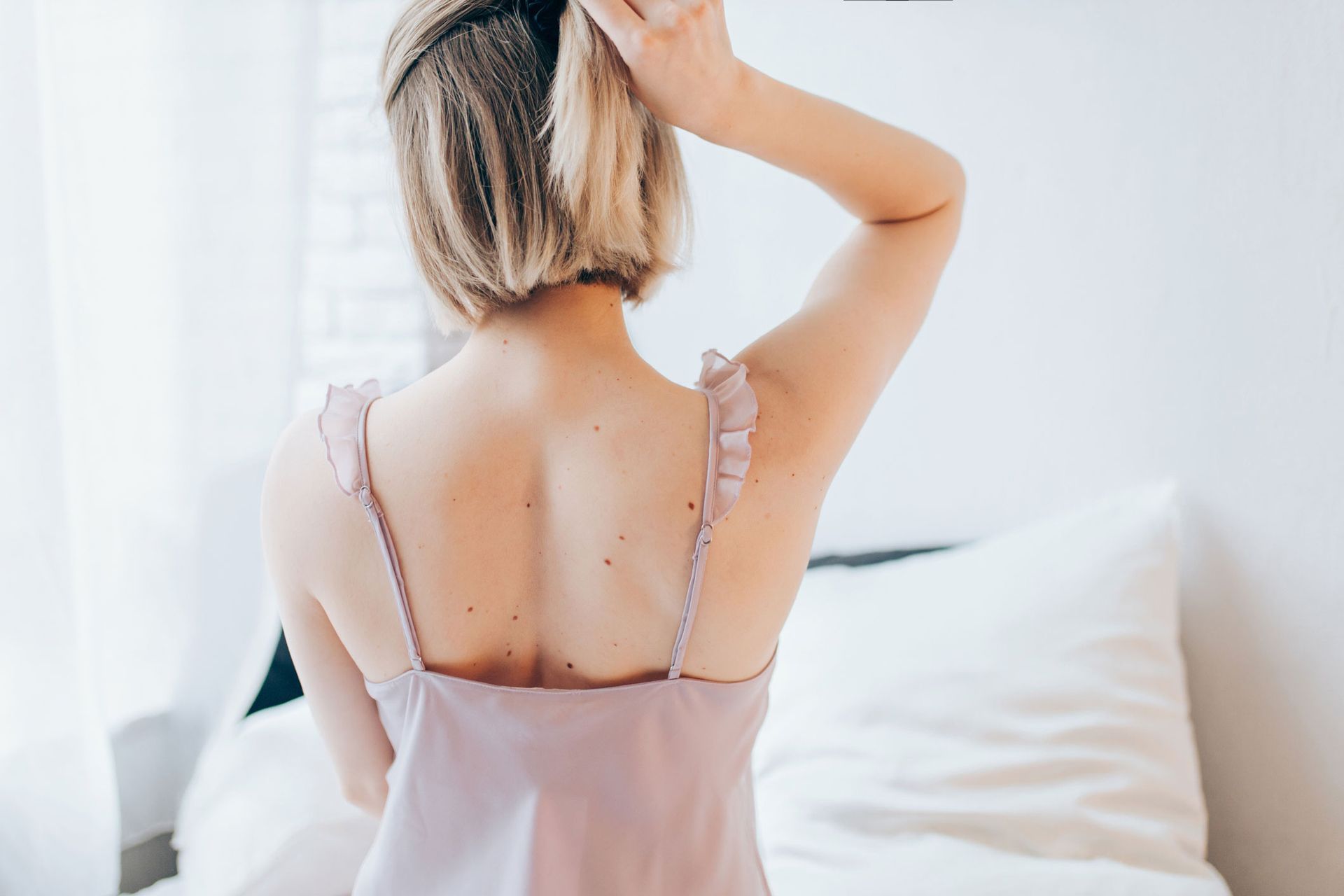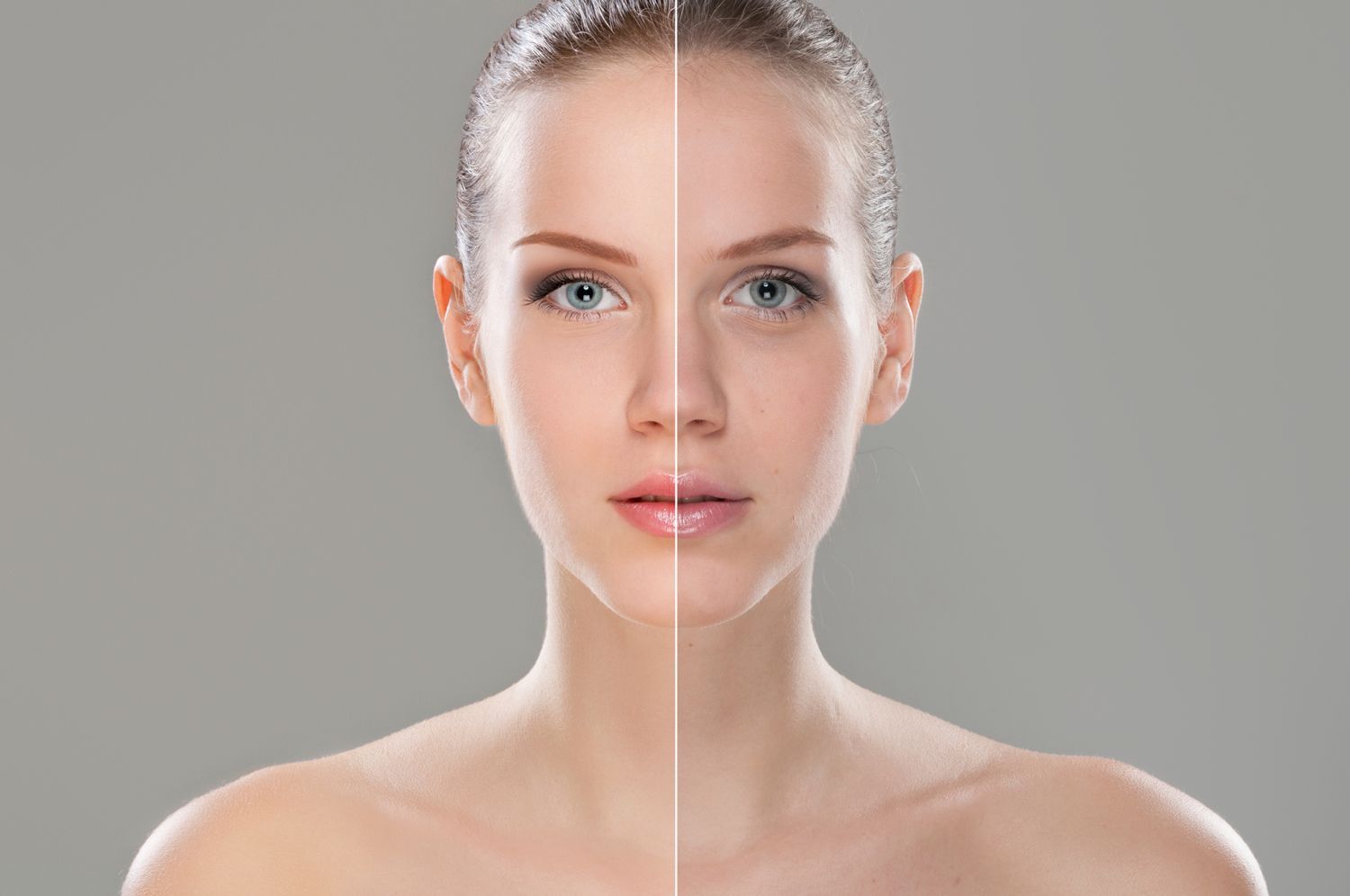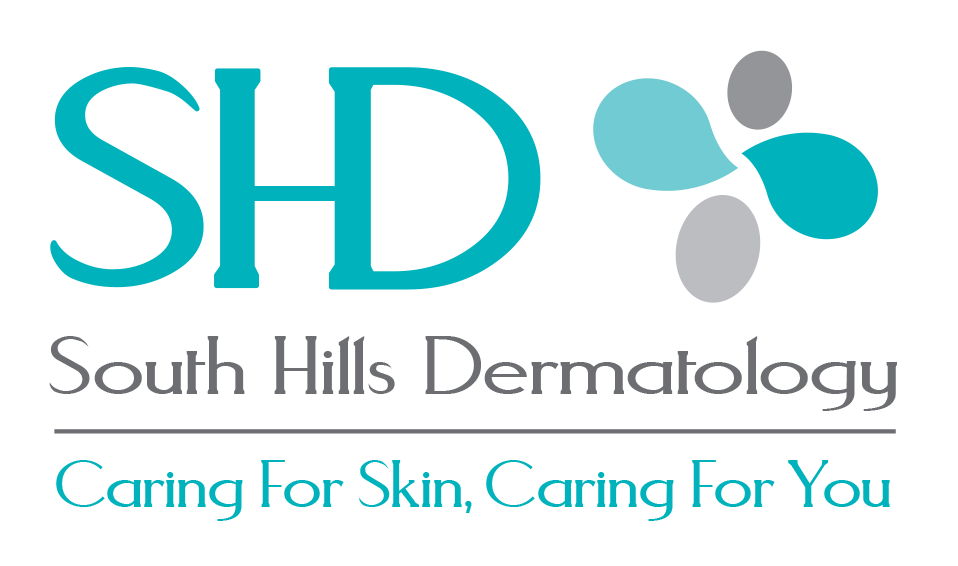Dermatomyositis
Dermatomyositis is a rare disease that causes a skin rash and muscle weakness. The skin rash can present reddish to purplish, dusky discoloration and swelling of the eyelids, particularly the upper eyelids (heliotrope rash). A red rash may also appear on the chest, shoulder, neck or back. Affected individuals may develop pinkish purplish papules over the joints of the hands (Gottron papules) and ragged cuticles with associated nailfold redness. The scalp may be involved with inflammation, scaling, itching and thinning of the hair.
The muscle weakness typically affects the muscles closest to the trunk, manifesting as difficulty getting up from a seated position, climbing stairs, raising arms above the shoulders (to brush or wash hair), and difficulty swallowing. Dermatomyositis is more common in women and Black Americans. Though it can be seen in children (juvenile dermatomyositis), the peak age group in adults is between the ages of 40 and 60. Adult onset dermatomyositis has a strong association with cancer and affected individuals should be screened for an underlying cancer. Treatment options include topical medications, systemic steroids, and other immune modulating or immune suppressing medications.
